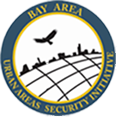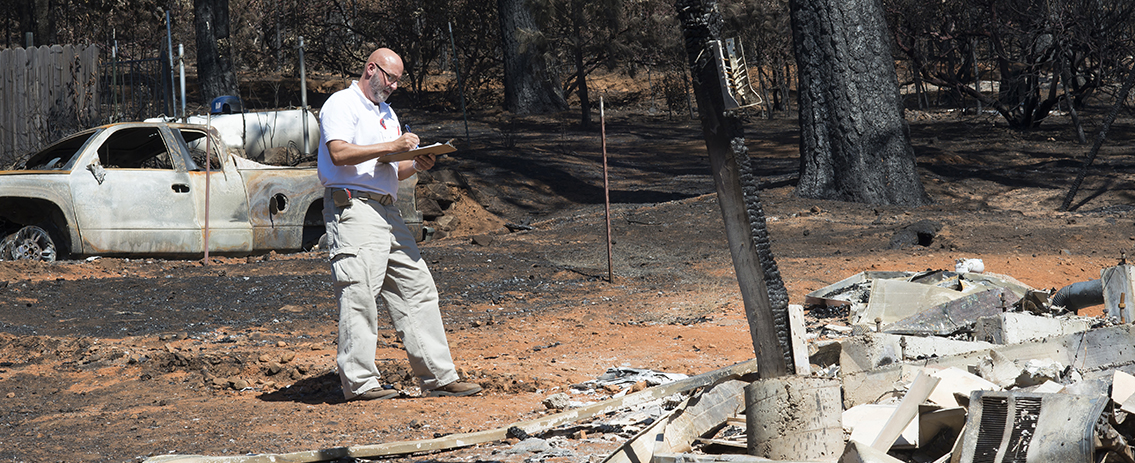The Bay Area UASI has been awarded three consecutive grants aiming to build community resilience and long-term vulnerable core capabilities, with a particular emphasis on equity and climate resilience. These grants collectively form the “Equitable Community Resilience Program” which is structured into three distinct phases.
Equitable Community Resilience - Phase 1
The Regional Vulnerability Report (PDF) evaluates natural hazard and climate change exposure, along with their potential impacts on Bay Area communities. It also identifies key factors that contribute to a community’s vulnerability to these hazards. Through this analysis, several trends and commonalities have been uncovered.
This report is intended to support local jurisdictions and communities by providing regional data and trends to aid in developing grant applications and informing future community resilience planning efforts.
The Bay Area UASI Regional Resilience Tool is a GIS-based platform that integrates multiple datasets to provide a comprehensive view of vulnerability and resilience across the 12-county Bay Area region. The tool presents detailed demographic and risk characteristics at both the Census tract and county levels, enabling users to:
- Understand areas of relative social and hazard vulnerability within your communities.
- Analyze community demographics that influence resilience.
- Support hazard mitigation planning and related assistance efforts.
- Help develop targeted risk communication strategies.
- Pursue grants and other funding opportunities with data-driven insights.
This tool serves as a valuable resource for enhancing preparedness and resilience throughout the region.
The Local Roadmap to Community Resilience Toolkit is designed to empower Bay Area communities with a practical process and supporting resources (tools) to identify hazards that pose the greatest risks to safety, infrastructure (e.g., transportation, utilities, communication, healthcare, and other essential services), and overall community well-being. The toolkit guides communities in developing strategies to mitigate these hazards and their potential impacts.
The ultimate goal is to build resilience—enhancing a community's ability to mitigate, withstand, and recover from impacts while expediting a return to normalcy following a hazardous event. Hazards addressed include both human-caused incidents and naturally occurring threats, such as widespread communicable diseases, earthquakes, and sea-level rise due to climate change.
The Bay Area Urban Areas Security Initiative (UASI) sponsored a Feasibility Study to evaluate the demand, requirements, and potential use cases for implementing a community-wide collaboration platform in the Bay Area. This study involved reviewing existing documentation, assessing available technologies, and gathering feedback from Bay Area practitioners in both traditional and non-traditional emergency management roles.
The study confirmed the need for a technical collaboration platform to support Bay Area UASI members and their partners. It recommended a platform hosted by the Bay Area UASI and accessible to member jurisdictions and their partners. A solution leveraging Microsoft Teams and ArcGIS Online (ESRI) technologies was identified as the most practical and effective option for meeting the region’s collaboration needs.
The Community-led Preparedness Initiatives Catalog aims to shed light on the diverse range of community preparedness programs currently active in the Bay Area. By compiling detailed information on these initiatives, we hope to inspire and inform other communities. Sharing best practices, program materials, and lessons learned can facilitate the replication and adaptation of successful models, ultimately strengthening the region's overall resilience.
Equitable Community Resilience – Phase 2
Access the Regional Catastrophic Preparedness Grant Program (RCPGP) FY23 Equitable Community Resilience Project – Phase 2 resources (guidance, tools, dashboards, etc.) as the project progresses. You may also reference the UASI Reference Library for additional resources.
Equitable Community Resilience – Phase 3
Access the Regional Catastrophic Preparedness Grant Program (RCPGP) FY24 Equitable Community Resilience Project – Phase 3 resources (guidance, tools, dashboards, etc.) as the project progresses. You may also reference the UASI Reference Library for additional resources.

